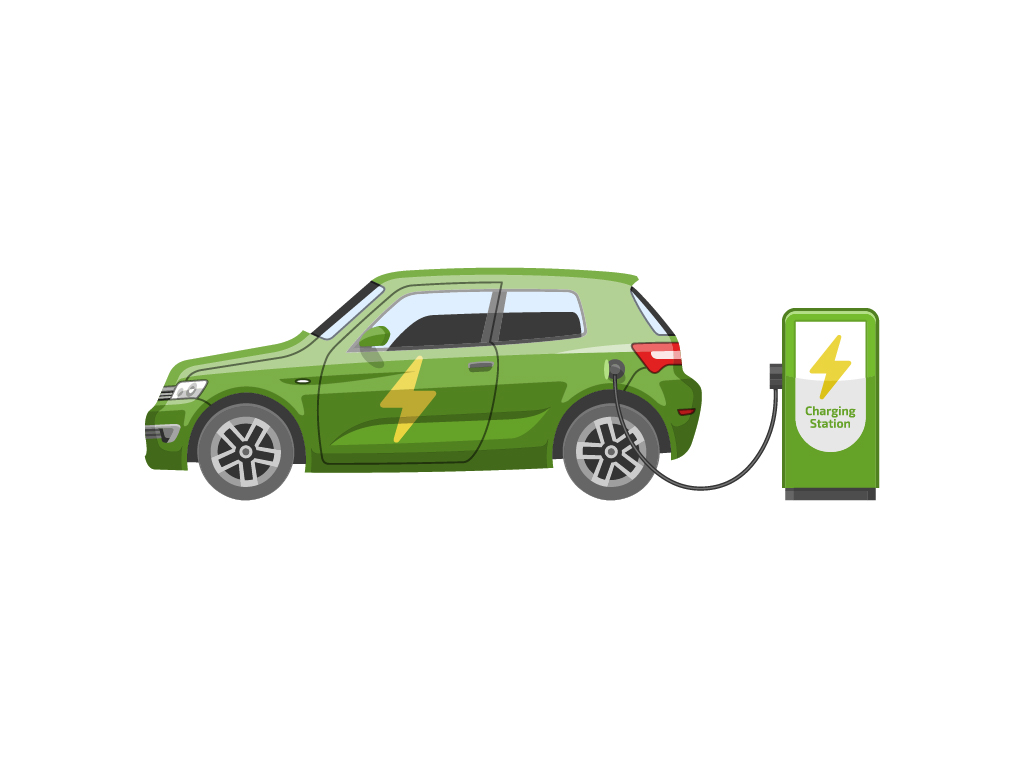EVolution
The Latest in Electric Vehicle Technology
By Seth Leitman | Winter 2020 | Clean Power Guide
Electric vehicles are mainstreaming fast. All those chargers appearing on the highways, and the EV ads broadcast during major sports events—they are a sign of a transformative change in technology in the works. There are over 40 makes and models in the US marketplace now—but more importantly, automakers are shifting their R & D and engineering investments, their supply chain efforts, and strategic alliances, toward EVs.
What’s new with EV technology?
There is more standardization of basic EV design by companies seeking an advantage in creating diverse models within a single make. Underneath some of this is a flexible platform known as a skateboard. Rivian, a Massachusetts startup, won $500 million in investment from Ford to use this platform in multiple Ford EVs.
What’s new in the marketplace?
Everything is evolving fast. We’re seeing lots of changes in car companies’ strategies. In sales, Tesla Model 3 is still the go-to. Behind that is the Chevy Bolt—one of the most reliable EVs I’ve test driven. There are more plug-in hybrids and smaller-range electric vehicles than ever; in the 150- to 200-mile range. Whatever kind of car you are in the habit of driving and like, there is an electric version or soon will be.
Electric cars come with all the bells and whistles you have to pay extra for in a gas car—the sensors, the safety features, so you get more for your dollar. Worldwide, the market grew 40 percent from 2018 to 2019; although EVs were back then only one percent of the global fleet, that kind of growth won’t take long to be visible around us.
A big trend is electric trucks and SUVs like Rivian; Bollinger, which almost looks like a 1950s Range Rover; the Ford Mustang Mach E; the VW ID4; the Nissan Ariya. As Elon Musk has said, we have to make the best vehicle to meet the needs that drivers see, ergo the Tesla cybertruck which has more than 600,000 deposits before it has hit the market. These are more cost competitive across their life cycles—especially with Tesla and VW offering dedicated charger networks for their vehicles.
Who’s driving EVs now?
It’s the most diverse array of people I’ve seen, from stay-at-home moms to police. I know a guy who works at Sing-Sing who bought a Model S, had an accident, walked out of it and had the car refurbished because it was so safe. People also buy them for speed, and they are showing up more and more in the racing world. I know a guy who bought a Tesla Model X for $80,000 and bragged that he could blow past a $250,000 Porsche. On the other end of the spectrum, people are buying the EVs like the Hyundai Kona because they are so affordable to own and operate.
How do you shop for a car and a dealership?
Picking the car: That’s for you to decide. What features and capabilities do you want? Pretty much every size and style and set of features is available as a plug-in hybrid or EV. Check out Driveelectricus.com, a website created by a consortium of automakers and Northeastern states, for an in-depth, unbiased look at the vehicles.
Shopping for a dealer is the trickier part. Check websites. Are there EVs onsite? Visit. Is there a car there charged and ready to test drive? Is there a knowledgeable person who can describe not just the features but the benefits, the financial case, the technology—who can talk to you as an informed enthusiast? Dealers can help you get all possible discounts and rebates, and steer you to the car that fits your lifestyle. So work with them, and educate them too.

Seth Leitman, aka the Green Living Guy, directs EV programming for Sustainable Westchester and Sustainble Hudson Valley. Email him at [email protected] or visit Sustainhv.org to get more info on electric cars.
